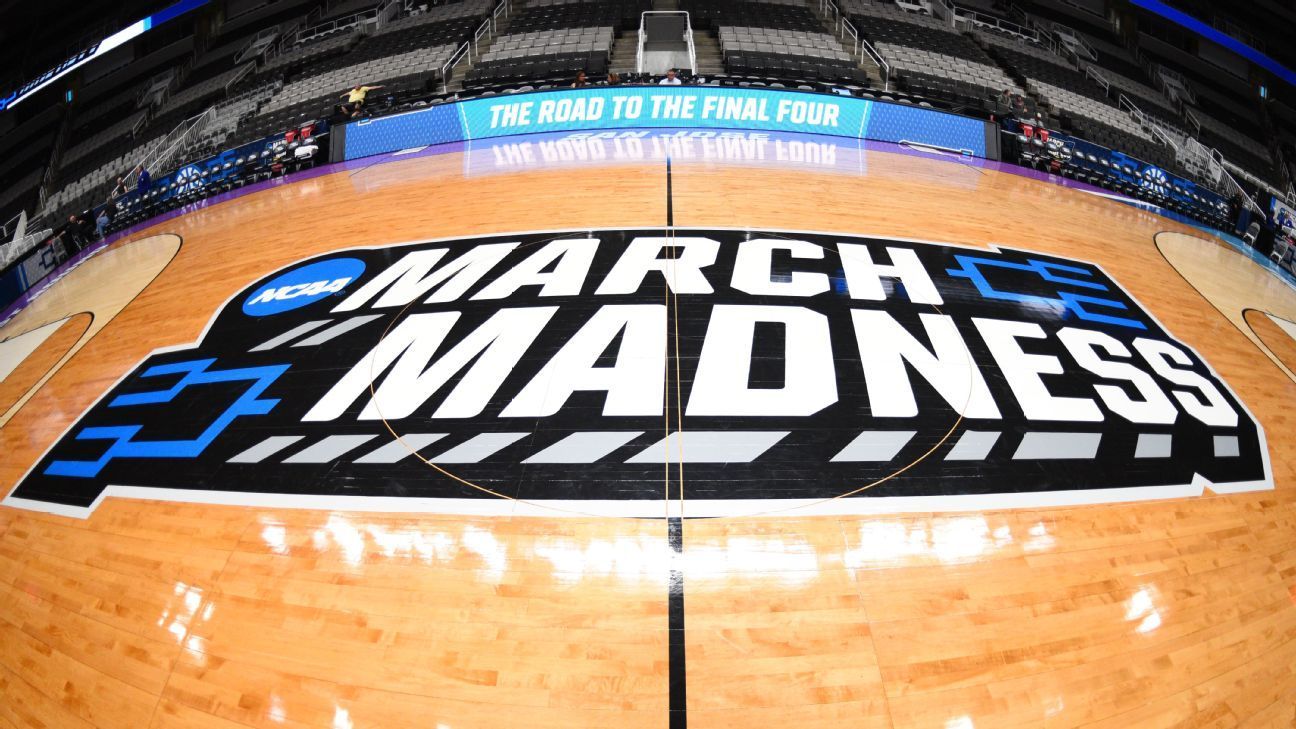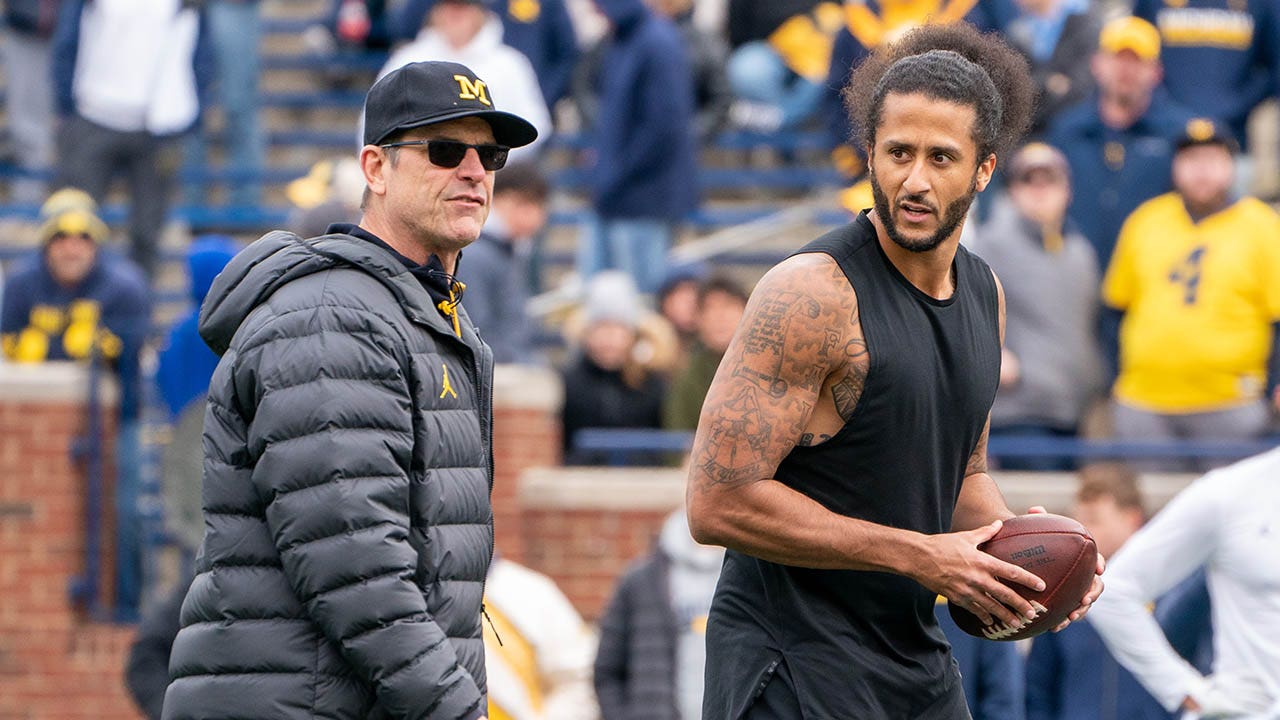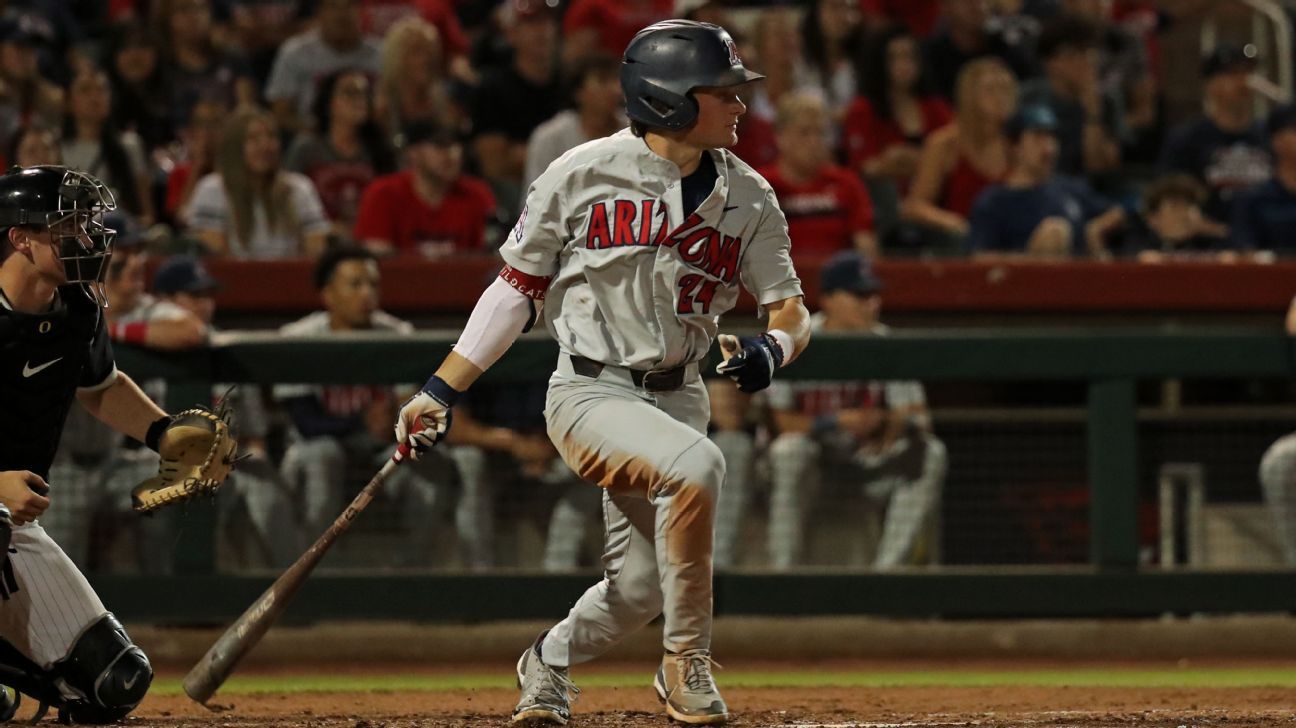The most convincing argument against expanding the male and female basketball tournaments of 68 teams is quite simple.
Almost nobody asks.
There is no fans land. There are no massive qualifications for the first four current games (that is, play) that suggest consumer demand. There have been no legitimately deceived teams of an offer: they had 30 regular seasonal games to present their case. There is no obvious competitive reason for it.
Outside a few coaches and athletics directors, most of whom can earn healthy bonus money so that their teams reach the madness of March, there is no one talking in favor of this.
And yet, as Pete Thamel de ESPN reported this week, the possible expansion to 76 schools remains on the table with a “decision … to come in the coming weeks.” To echo so many who treasure university basketball in general, and the tournament in particular … please not.
In any case, 68 are four too many, which requires clumsy game games on Tuesday and Wednesday in Dayton, Ohio, before the main event begins on Thursday.
Look, innocent people will not die if there is more basketball every March. So, yes, there are more pressing problems in the world. Even so, why get to sports perfection? Just to placate some more medium equipment and collect some more television dollars?
Pigs fattening, pigs are sacrificed.
For decades, NCAA has possessed something special, and almost impossible to achieve. It has two full days in the sports calendar, on the first Thursday and Friday of the NCAA tournament.
These are national pseudo holidays, complete with people who skip the work and school while tune in to the office or during well -time lunch. It produces a wave of activity and emotion that attracts casual fans who anxiously fill in parentheses with teams, including many who have never seen.
That commitment is what makes March angry and has turned this unique American event into an iconic American portion that has survived even when the general interest in sport has decreased.
It must be protected at all costs.
The decision to expand from 64 to 65 perfect teams in 2001 and then 68 in 2011 were the original sins here. It began as an answer to the division of the Western Athletic Conference in two, creating Mountain West, and meant starting the tournament before Thursday. You could compare it with opening gifts on Christmas eve, but not so pleasant.
Fortunately for the NCAA, the United States has mainly ignored double and Wednesday games (two of them with 16 seeds playing each other). Thursday has maintained its magic.
However, when expanding for eight more teams, on Tuesday and Wednesday they would now present six games each, probably stretching throughout the day. The potential impact on the interest of fans or confusion for a diluted week is dangerous.
This spell can be broken. The formula can crumble.
For what purpose? There is no good one.
The university basketball of Division I has grown over the years, with 355 teams eligible for the tournament last year. With only 19.1%, that makes it difficult to obtain an offer.
However, the numbers deceive. Growth has arrived almost exclusively because the small one -year leagues have added members of Division II and III. While the champions of these leagues obtain an automatic offer, it has a zero effect in itself a quality team capable of a race earns one of the 37 offers in general.
In 2025, the Power 5 Leagues calls (ACC, Big East, Big Ten, Big 12 and Sec) obtained 33 of those 37 selections in general. The west mountain (3) and the west coast (1) won others. No good team is being tightened. The Northeast Conference could expand to 30 teams and remain an operation at once.
As for the opportunity to “play” in the tournament, it is now available.
Each conference has its own tournament, and the winner receives an automatic offer for the great dance. Practically each conference allows all its teams to participate. That means that a team like The Citadel, which was 5-25 in the season and 0-18 at the Southern Conference last year, had the opportunity to win four league tournament games and enter (and then win six or seven more and be crowned national champions).
If you consider that the conference tournaments are a round of your own game, which is, the NCAA tournament is already stronger of 300 teams. Almost everyone already has a second chance.
Offering eight teams plus a third chance challenges logic when the rhythm of the tournament is so rooted in American sports consciousness.
This is money, although not so much money in terms of additional television income as most would expect. The first four games generally average only 2 million to 3 million viewers, without other tournament competition, and are relegated to Trutv. It is not as if fans are asking for more. It is not likely that the window is crowded with multiple games creates an unexpected gain.
No, these are performance bonds for eight more coaches and eight more athletics directors.
If you are one of those people, then this may make sense in the short term. However, if it goes back, there is little or nothing to earn and so much that it is lost.
Sixty -eight is more than enough.












